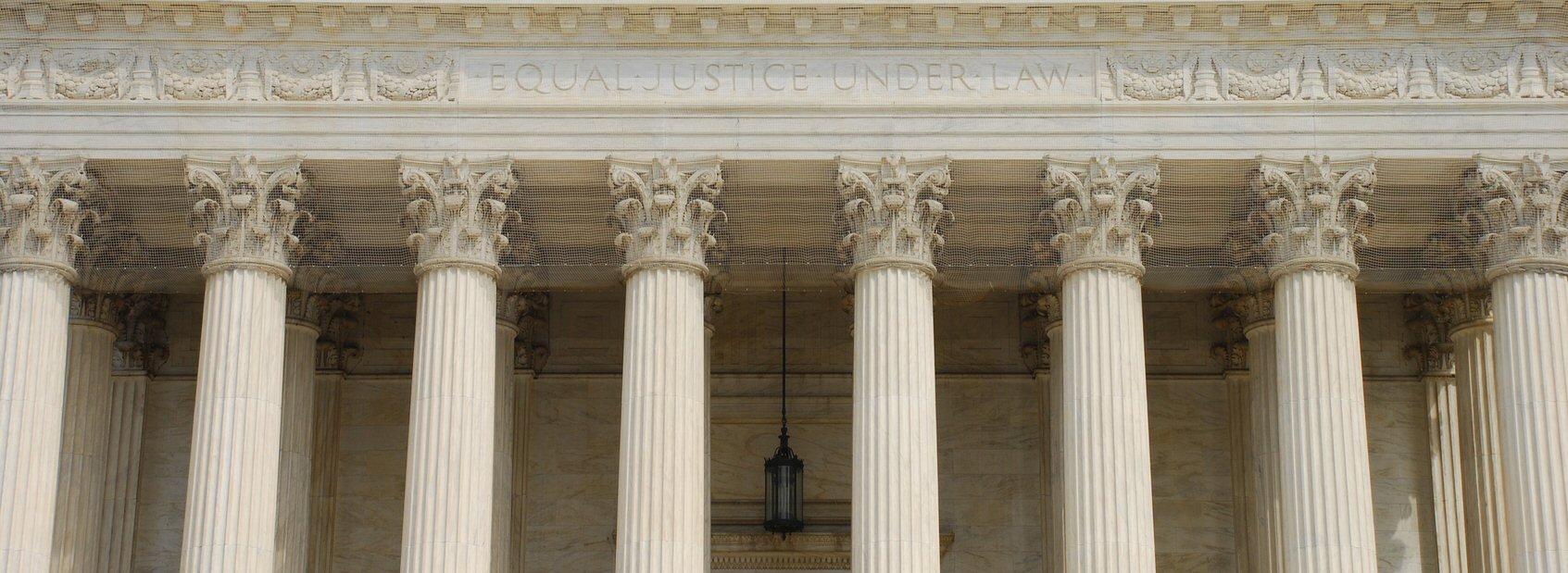Position Statement
The Women’s Bar Association of the State of New York (WBASNY) urges the New York State Legislature and Governor Cuomo to draft and enact a bill to make off-site residential shared solar energy systems more affordable. New York Tax Law § 606(g-1) should be amended to expand the residential solar energy system tax credit to those who buy or rent shared off-site systems. This tax credit expansion would benefit renters, those who live in high-rise buildings that have one small roof for many inhabitants, and those who own property not well-suited for solar energy systems.
Tax Law § 606(g-1) currently allows taxpayers to receive up to a $5,000 personal income tax credit for solar energy system equipment installed in connection with the taxpayer’s principal residence. This section defines solar energy system equipment as certain equipment which, “when installed in a residence, produces energy designed to provide heating, cooling, hot water or electricity for use in such residence.” This section allows tax credits for solar systems installed on residential property where the energy is used in the residence. Any energy not needed or stored onsite at the time of generation goes onto the grid through the net-metering program.
Section 606(g-1) uses the phrase “installed in connection with residential property” several times, which could be read to include not only on-site systems, but also off-site residential shared (community) systems. However, the definition’s wording (“installed in a residence,” “for use in such residence”) limits tax credit availability to on-site systems. The Department of Taxation and Finance consequently allows this tax credit only for on-site systems: “The system must also be installed and used at your principal residence in New York State.”[1]
Section 606(g-1) needs to be updated to support New York State’s Shared Renewables initiative, which was established in 2015 and allows shared solar resources for the first time. It is now possible to buy or lease, together with others, off-site solar panels and receive kilowatt hour credits on residential electric bills for the generated electricity that goes onto the grid. But tax credits are not available to those who buy or lease shared off-site systems, merely because the systems are off-site instead of onsite.
When he announced the Shared Renewables initiative, Governor Cuomo said: “This program is about protecting the environment and ensuring that all New Yorkers, regardless of their zip code or income, have the opportunity to access clean and affordable power.”[2] Off-site shared solar facilities will help New York State achieve its Reforming the Energy Vision (REV) goal of the generation of 50% of the State’s electricity from renewable energy sources by 2030. To support the REV goal and Shared Renewables objectives, Section 606(g-1) should be amended to make the tax credit available to those who buy or lease residential shared off-site systems. The availability of these tax credits should be made retroactive to 2015, when the Shared Renewables initiative began.
As WBASNY explained in its 2015 Memo in Support of then-pending State legislation to allow shared renewable energy systems, these systems increase the production of renewable, clean energy in New York State and decrease the burning of fossil fuels and greenhouse gas production. WBASNY’s support of shared solar energy systems is also consistent with its 2013 Position Statement titled “Actions to Mitigate Climate Change and Eliminate Pollution from Energy Sources.” That Position Statement explained:
“Greenhouse gas emissions must be cut as much and as soon as possible. According to the U.S. Global Change Research Program, ‘Reducing emissions of carbon dioxide would lessen warming over this century and beyond. Sizable early cuts in emissions would significantly reduce the pace and the overall amount of climate change. Earlier cuts in emissions would have a greater effect in reducing climate change than comparable reductions made later. In addition, reducing emissions of some shorter-lived heat-trapping gases, such as methane, and some types of particles, such as soot, would begin to reduce warming within weeks to decades.’
In addition to climate change, the extraction and burning of fossil fuels create pollution that causes premature deaths and serious health problems. The U.S. premature mortality rate from cardiovascular disease, respiratory disease, and complications from asthma due to air pollution has been calculated conservatively to be at least 50,000–100,000 per year. Air pollution also causes chronic illness (bronchitis, heart disease and asthma) in many people. In addition, the extraction of oil, natural gas and coal has caused contamination of surface water and groundwater. Children can be disproportionately affected by pollution because they drink more water and breathe more air relative to their size than adults do, their bodies are not fully developed, and their growing organs can be more easily harmed. Fetuses likewise can be adversely affected by pollution. This sensitive population, as well as the general public, suffers from an energy infrastructure that relies on fossil fuels.”
In addition to decreases in greenhouse gas emissions and pollution, those who invest in shared renewable energy facilities are often able to lower their energy costs. For many families, the cost of home energy is the second highest cost after the mortgage or rent. Any reduction in that cost will help families that are struggling to pay for shelter, heating, food and other necessities. For all of these reasons, WBASNY supports reduction and elimination of all barriers to renewable, clean energy. Current Tax Law § 606(g-1)’s limited applicability is one such barrier.
[1] https://www.tax.ny.gov/pit/credits/solar_energy_system_equipment_credit.htm
[2] http://www.governor.ny.gov/news/governor-cuomo-announces-expanded-access-renewable-energy-millions-new-yorkers

